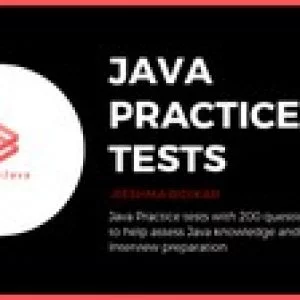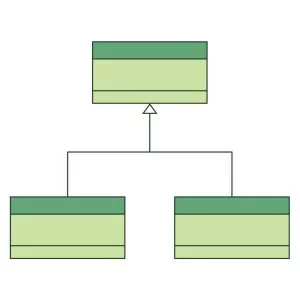
MyBatis is a Java persistence framework that couples objects with stored procedures or SQL statements using an XML descriptor or annotations. MyBatis is free software that is distributed under the Apache License 2.0. MyBatis is a fork of iBATIS 3.0 and is maintained by a team that includes the original creators of iBATIS. Unlike ORM frameworks, MyBatis does not map Java objects to database tables but Java methods to SQL statements.
MyBatis lets you use all your database functionality like stored procedures, views, queries of any complexity and vendor proprietary features. It is often a good choice for legacy or de–normalized databases or to obtain full control of SQL execution. It simplifies coding compared to JDBC. SQL statements are executed with a single line. MyBatis provides a mapping engine that maps SQL results to object trees in a declarative way.
SQL statements can be built dynamically by using a built–in language with XML–like syntax or with Apache Velocity using the Velocity integration plugin. MyBatis integrates with Spring Framework and Google Guice. This feature allows one to build business code free of dependencies. MyBatis supports declarative data caching. A statement can be marked as cacheable so any data retrieved from the database will be stored in a cache and future executions of that statement will retrieve the cached data instead hitting the database. MyBatis provides a default cache implementation based on a Java HashMap and default connectors for integrating with: OSCache, Ehcache, Hazelcast and Memcached. It provides an API to plug other cache implementations.
Specification: Java persistence using MyBatis
|
2 reviews for Java persistence using MyBatis
Add a review Cancel reply
This site uses Akismet to reduce spam. Learn how your comment data is processed.

| Price | $9.99 |
|---|---|
| Provider | |
| Duration | 1 hour |
| Year | 2020 |
| Level | Beginner |
| Language | English |
| Certificate | Yes |
| Quizzes | No |

$84.99 $9.99






Debanshu Pani –
amazing effort. very easy to understand and follow. however this course does not cover xml mapping which is essential when working with more than one table.
Hema Pattabiraman –
Clear and detailed explanation